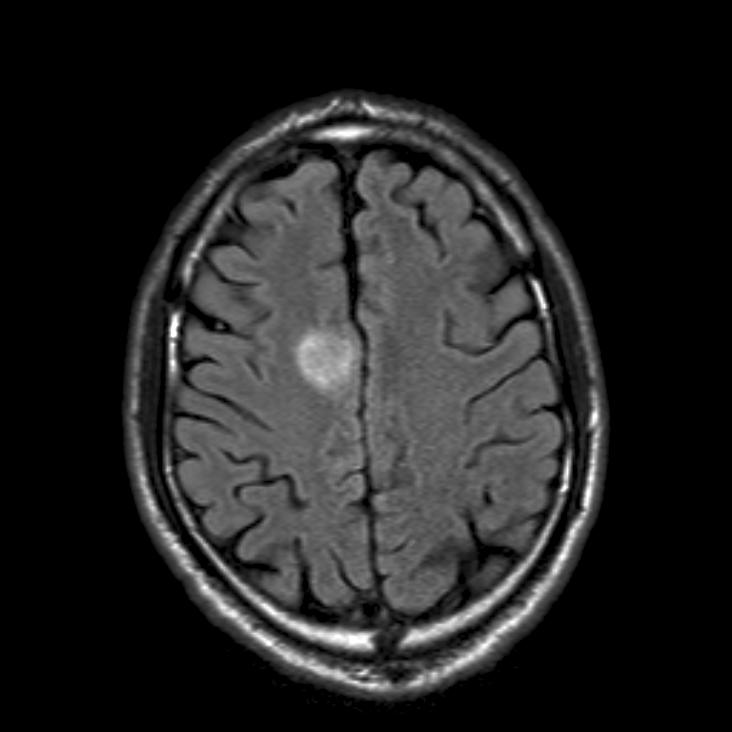by Vitalie Lisnic
Neuromuscular diseases have traditionally been overlooked, underdiagnosed and poorly treated when compared with other neurological diseases. However, neuromuscular disorders are diverse and extremely common, possibly accounting for up to 40% of neurological diagnoses.
Neuromuscular disorders are those that affect the anterior horn (motor neuron diseases, such as amyotrophic lateral sclerosis, roots (radiculopathies), plexuses (plexopathies), or peripheral nerves (polyneuropathy, mononeuropathy). They also include diseases of the neuromuscular junction (e.g. myasthenia gravis) and muscle fibers (myopathies). The accurate and early diagnosis of a cause may lead to effective treatment, reduction in disability and improved quality of life.
Disorders of muscle and peripheral nerve are covered in the 12th section of e-brain (http://www.ebrainjnc.com/learning/course/category.php?id=15), including the neurophysiological assessment and other investigations. There are separate sessions on the acquired and genetic disorders, on myasthenia gravis and other diseases of the neuromuscular junction and on motor neuron disease.
The section contains the chapter on clinical introduction to neuromuscular diseases (http://www.ebrainjnc.com/learning/course/view.php?id=338). It is reminded that careful history-taking and examination is crucial in reaching the correct diagnosis. In over 90% of patients the specific diagnosis should be apparent before a single investigation is performed. The clinical diagnosis then allows rational and appropriate use of specific investigations, often sparing the patient inappropriate tests. Those who are interested in improving their practical skills in neuromuscular system examination can study the lesson on neuromuscular assessment (http://www.ebrainjnc.com/learning/course/view.php?id=41).
For those who didn’t make it to Istanbul in June, webinars from
Symposium 3: Peripheral neuropathies. Present and future are also available via ebrain (http://www.ebrainjnc.com/learning/enrol/index.php?id=830) with talks by
Rudolf Martini – genetic neuropathies: chances for treatment,
Pieter A van Doorn on immune mediated neuropathies: how to optimize treatment? and David Adams on amyloid neuropathies: treatment.
The symposium on peripheral neuropathies was chaired by the well-known specialist in the field of inflammatory neuropathies – professor Pieter A. van Doorn from the Erasmus Medical Center, Rotterdam, the Netherlands. The topic of optimisation of the treatment of immune-mediated neuropathies: Guillain-Barré syndrome, chronic inflammatory demyelinating polyradiculoneuropathy, multifocal motor neuropathy and paraproteinaemic demyelinating neuropathies are of astonishing theoretical and practical value. Within the symposium the last achievements in the field of rapidly developing genetic neuropathies were presented.
The issue of amyloid neuropathies is always challenging.
Ebrain is the largest and most comprehensive web-based training resource in clinical neurosciences, both for training and continuous professional development. Access is free for EAN members, and membership applications & individual passwords can be received via the EAN Head Office at education@eaneurology.org. There are over 600 sessions each with built-in self-assessment questions.




